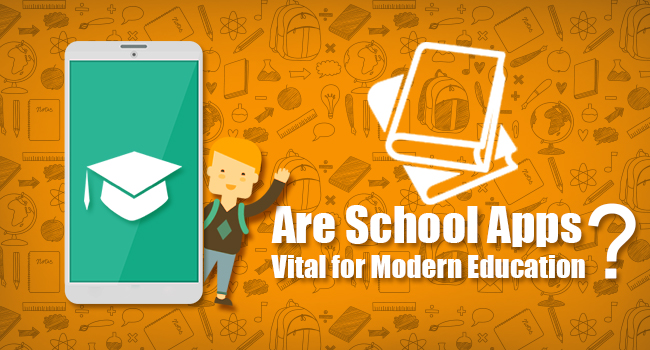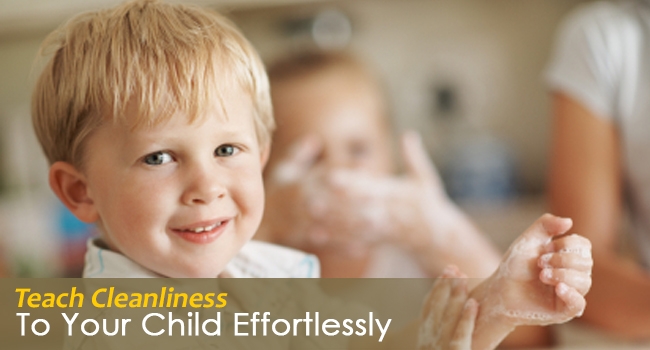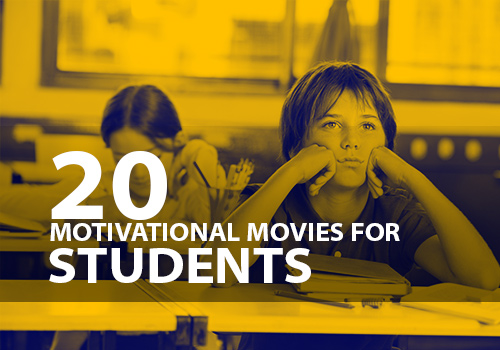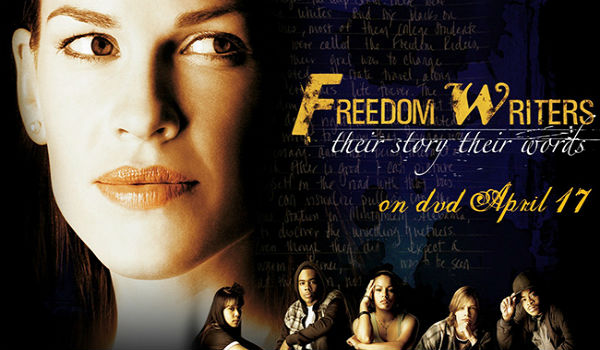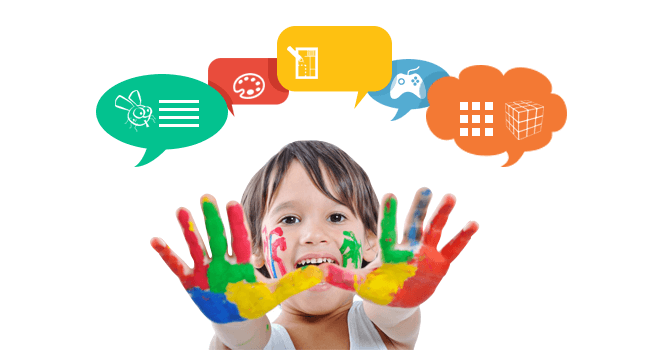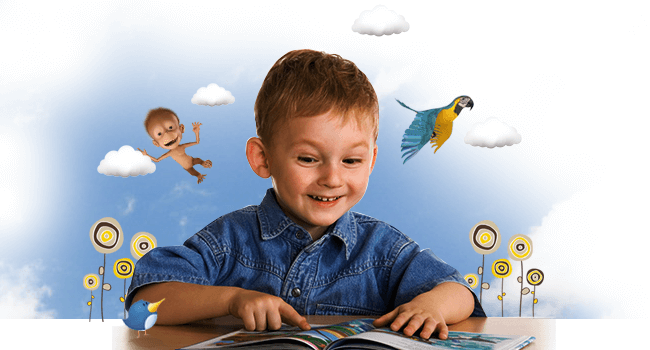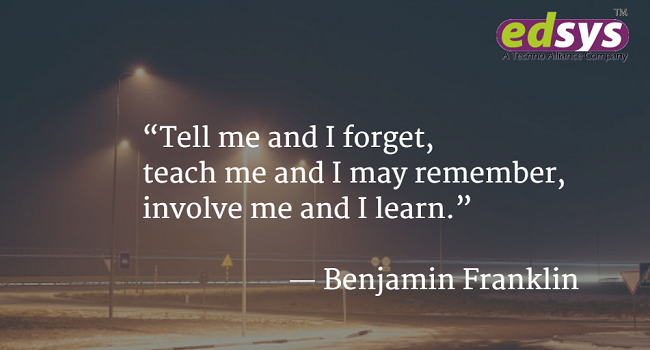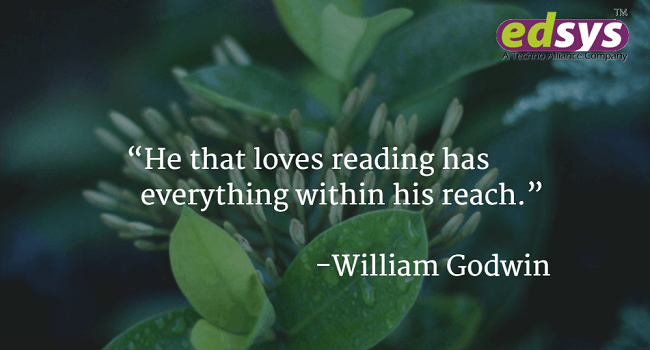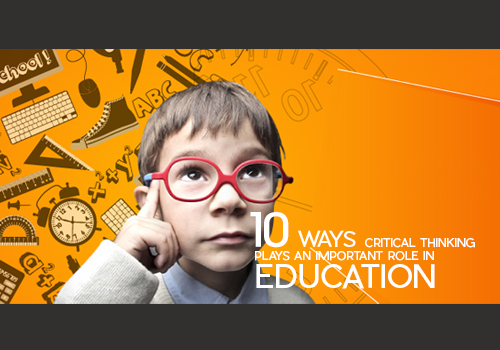Teaching is a huge responsibility and an ideal teacher should make sure that the students are comfortable with the way they deal with a classroom.
Students spent more time at school than at home. So, teachers should be an ideal role model for their students. You should try to create a bond between the hearts and minds of yourself and the students.
Free Classroom Activity Apps (Check it Now)
The statutory framework for the Early Years Foundation Stage (EYFS) helps school teachers to analyze the standards that early year providers should meet. This would enable children will learn and develop well. Along with that, here are certain things that you should avoid as a teacher to create a pleasant, safe as well as comfortable atmosphere for their students.
1. Yelling – No students like yelling at them. This will cause them to slowly dislike the teacher and may result in distrust too. Also by yelling, you can never follow the classroom management plan. Students will more listen to you, when you speak in a normal voice. While raising your voice, it seems like you are showering your frustrations in front of them. Clear communication will make teaching an easier and enjoyable task as well.
2. Short temper – It is just not fine if the role model lose temper in front of the students. Especially if you are an Early Years Foundation Stage teacher. Rebuilding trusts and relationship with students is not that easier as it seems to be. Try to keep calm and take effort as to avoid shouting. In case if you have raised your voice, make sure to apologize. Also focus on your behavioral aspects and change the things that need to be done.
3. Unprepared for class – Coming unprepared for class is the loss of valuable teaching time. It also indicates a negative behavior.
4. Loss of control – Never let the class become unruly. Take control of the class. Students may become overexcited and may create noises. Early Years Foundation Stage teachers might find it difficult, but it is a skill that can easily be developed. An ideal way would be to create signals such as clapping hands or raising hands to keep them quiet.
5. Continuous sitting – Teachers sitting at the beginning of the class is fine. But remaining in the seated position throughout the class may create lack of interest and motivation in students.
6. Arguing – Discussions and argument are both different. Even if the student argues on any point, you should never encourage that. While setting rules in the beginning of the year, make sure to include that arguing is not an appreciable behavior and it shows disrespect.
7. Humiliation – Never hurt the dignity and self-respect of a student. He/she will lose confidence in your classroom. Also they will never trust you.
8. Getting too much friendly – Most new teachers make this mistake. They try to win the students by compromising on discipline, which may result in disrespect. Make sure to follow the set of rules that teaches them discipline. Also never be too open with students to discuss your personal information. Instead stay professional and try to earn their respect and appreciation.
Also Read: 45 Famous Quotes On Teachers
9. Late rules – Establishing rules in the beginning of the year helps to create a peaceful atmosphere during the whole year. Routines and rules, established late will fail to serve the purpose.
10. Complaining about coworker – Talking ill about other staff, management or other teachers in the school will be of no gain at all. It is better to talk directly to the teacher or staff member whom you have issues with and solve the problem then and there.
11. Too tough and authoritative – A teacher’s authority is a responsibility. Never misuse that. Being too tough and hard may result in students being afraid of you. Your aim should be to be loved, respected and not to be feared by them.
12. Over dependency on administrators – Make your own strategies to manage the class. Never depend too much on school administrators. A teacher also plays the role of an educator and disciplinarian.
13. Too much hard work – Along with work, find time to relax and be with your family after work.
14. Unequal treating – Never treat students based on your likes and dislikes. All the students should be considered equal. Punishment should be same for everyone and never show special consideration for the one you like the most.
15. Getting late – Punctuality is crucial as students learn many things from you. Getting late occasionally is fine. When you get late, make sure to say a sorry to your students.
16. Lessons from text book alone – Just teaching the students what is dictated in the text causes boredom. Also they will miss many things like experimenting what they learned, projects and assignments.
17. Unfair rules – Rules certainly are created to follow. But certain alleviations should be made based on the valid excuse and situation of the student.
18. Accepting late work – Rules you make should be consistent. Do not accept late submission unless and until for a valid reason.
Also Read : Tips To Tackle Cyberbullying among students
19. Making simple things complex – Don’t confuse them. Explain your instructions in clear language, bit by bit so that they know what they are expected to do.
20. Too much directions Stop providing too many instructions. Make them feel that you are one among them and are reliable.
21. Eating Lunch during class hours You’d be surprised to see any teacher bringing lunch to a classroom. This is not good with any level or any age. Having a cup of tea or coffee is ok, but don’t eat your afternoon meal during class hours.
22. Making Fun of Students It is obvious that you make fun of students but sometimes your joke or comment can hurt the student’s self-confidence. Surely, it is a great talent you have if you are able to use humor in classrooms and make students laugh. But be careful that your jokes or comments doesn’t harm any particular student personally.
23. Only Following the Book Many a times, teachers teach everything directly from the textbook; this tends to boring and monotonous. It makes your student to show disinterest towards your lecture. Because they are learning something new, they want opportunities to do and experiment with their new skill. So, ensure that you are connecting your activities to book instead of just teaching whatever given in the textbook.
24. Sitting Down and Teaching Sitting down and teaching throughout an entire class is not apt for a teacher. The teachers you are expected to stand or walk around while taking a class as sitting down for long duration is a sign of laziness, unless you’re ill or injured.
25. Playing Favouritism Every student must get your direction and attention. It is quite obvious that every teacher has a favourite student in their class but be sure that you don’t give any special consideration to he/she which you don’t give to other students of the class. Whatever might be the situation, always be fair to all the students in your class.
Conclusion
Lack of a pleasant atmosphere will cause boredom and thus misbehavior follows.
The EYFS framework provides common principles and commitments to deliver quality early education and childcare experiences to all children.
But, how these principles are followed depends on how teachers like you execute the principles.
So put your best foot forward to be an awesome teacher.
If you have any suggestions to add to the list, please share with us in the comment section.


